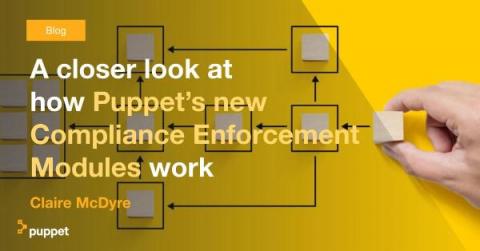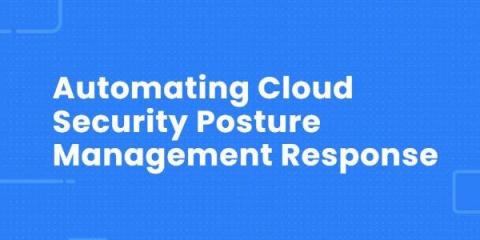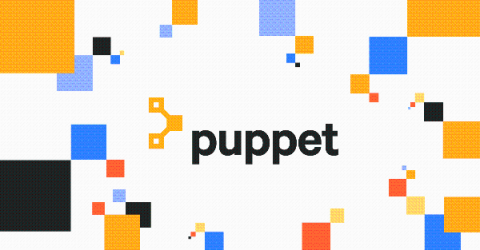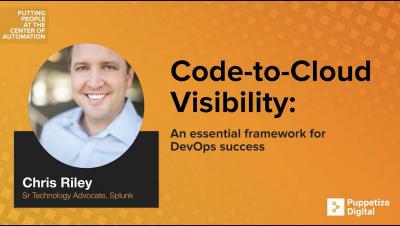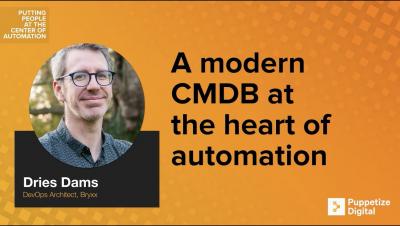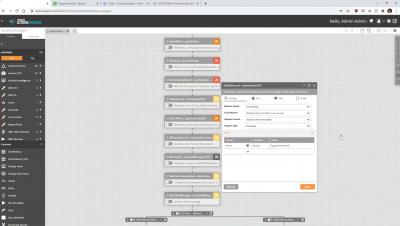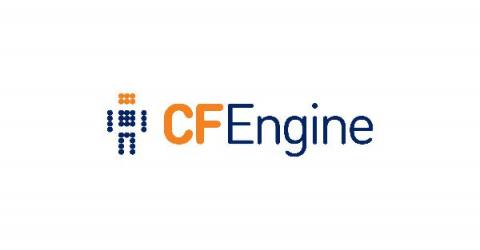A closer look at how Puppet's new Compliance Enforcement Modules work
Since we launched Puppet Comply last year, we’ve been working hard to build out the solution’s capabilities so that we can provide our customers with more options in implementing a continuous compliance program, and become more proactive and efficient in how they manage compliance. A key activity in any strong continuous compliance program is remediation.


